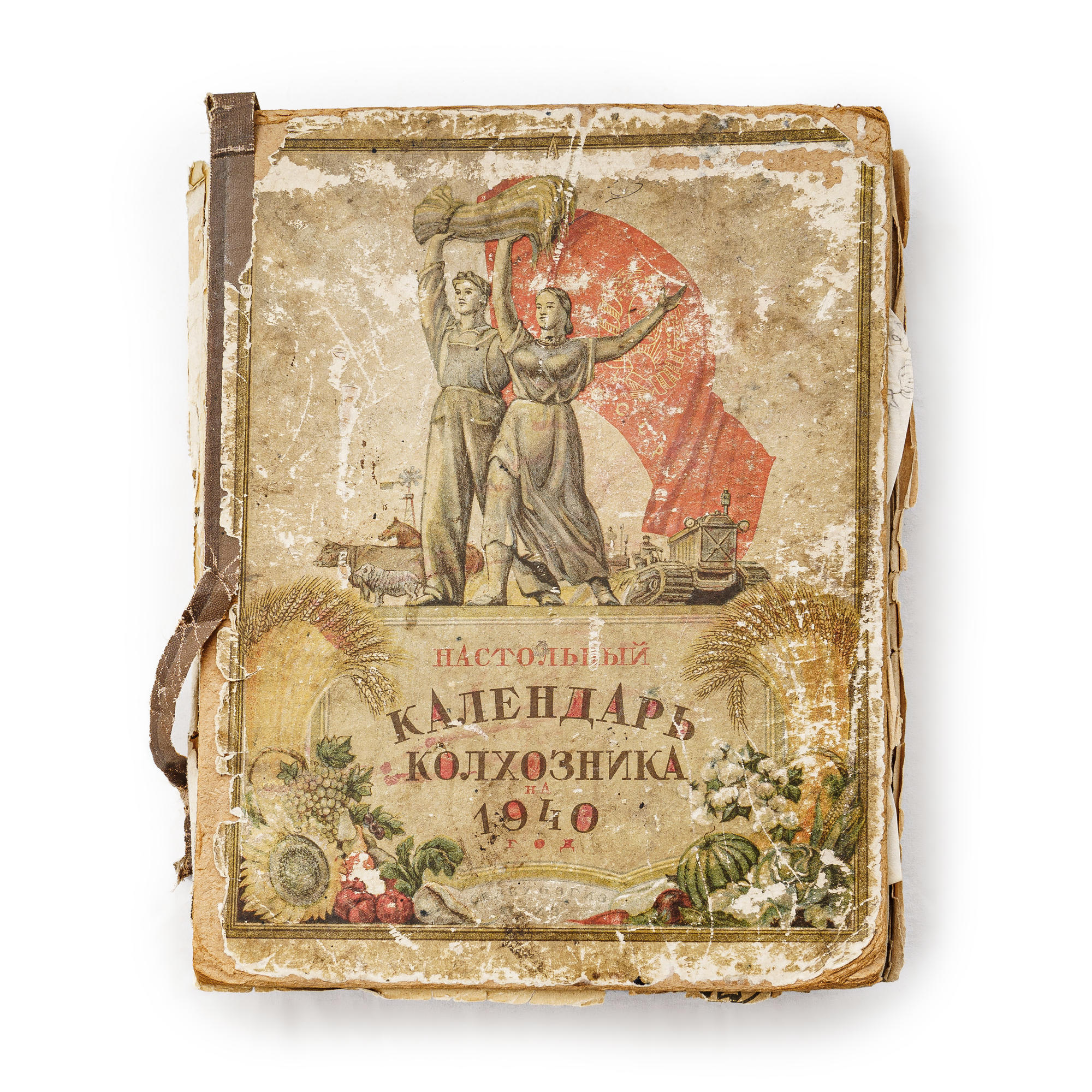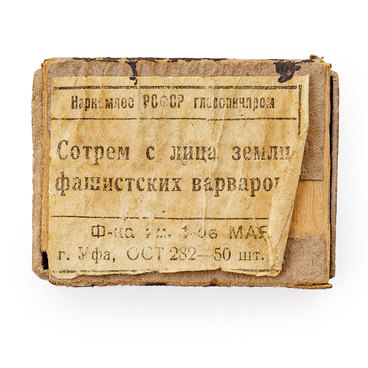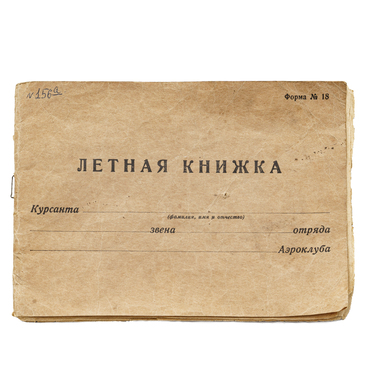According to the 1939 census, 3 mln 158 thousand people were registered in Bashkortostan. Though the Republic actively developed industry and its cities grew fast, most people (over 65%) lived in rural areas.
During the first years of the Great Patriotic War, crop acreage decreased 50%, the generating capacity of agriculture fell 30%, the labour force also shrank in the country. Before the end of 1942, the tractor fleet constituted 2/3 of the pre-war period, the truck fleet was below 1/5. Horse number decreased more than 2.5 times.
Meanwhile, the strength of the rear depended to a great extent on agriculture, and people of Bashkortostan made their fair share of the contribution to meeting food objectives by annually supplying tens of millions of poods of bread and livestock produce.
But by 1943, the total number of able-bodied collective farmers fell by 31%. The main personnel reserve were women and young people of the preinduction age. Thus, in 1940, women among tractor drivers accounted for only 7%, whereas in 1944, this number increased manifold – up to 59%.
Soviet agriculture heavily suffered during the war. By 1944, crop acreage fell 38% against 1940, with cereal acreage down by 50%. During the entire war, land nationalisation was underway, as well as stronger control of Party bodies over collective farm workers, with awareness building work carried out. It also included the publication of calendars. In 1944–1945, measures taken to raise agriculture gradually resulted in higher crop yields.
The desk diary of the collective farmer was an annual information and reference journal for USSR agricultural workers. It included a monthly calendar of agricultural works, useful advice for collective farmers and cattle breeders, as well as information for the reader about technical innovations in the agricultural sphere.
The displayed exhibit gives yet another chance to get to know the history of our country, the culture and everyday life of the Soviet people, to become aware of the epic struggle against Nazi invaders. The calendar contains interesting data about the organisation of production on collective farms, about agricultural technology, about livestock breeding and about the processing of agricultural produce.
During the first years of the Great Patriotic War, crop acreage decreased 50%, the generating capacity of agriculture fell 30%, the labour force also shrank in the country. Before the end of 1942, the tractor fleet constituted 2/3 of the pre-war period, the truck fleet was below 1/5. Horse number decreased more than 2.5 times.
Meanwhile, the strength of the rear depended to a great extent on agriculture, and people of Bashkortostan made their fair share of the contribution to meeting food objectives by annually supplying tens of millions of poods of bread and livestock produce.
But by 1943, the total number of able-bodied collective farmers fell by 31%. The main personnel reserve were women and young people of the preinduction age. Thus, in 1940, women among tractor drivers accounted for only 7%, whereas in 1944, this number increased manifold – up to 59%.
Soviet agriculture heavily suffered during the war. By 1944, crop acreage fell 38% against 1940, with cereal acreage down by 50%. During the entire war, land nationalisation was underway, as well as stronger control of Party bodies over collective farm workers, with awareness building work carried out. It also included the publication of calendars. In 1944–1945, measures taken to raise agriculture gradually resulted in higher crop yields.
The desk diary of the collective farmer was an annual information and reference journal for USSR agricultural workers. It included a monthly calendar of agricultural works, useful advice for collective farmers and cattle breeders, as well as information for the reader about technical innovations in the agricultural sphere.
The displayed exhibit gives yet another chance to get to know the history of our country, the culture and everyday life of the Soviet people, to become aware of the epic struggle against Nazi invaders. The calendar contains interesting data about the organisation of production on collective farms, about agricultural technology, about livestock breeding and about the processing of agricultural produce.



